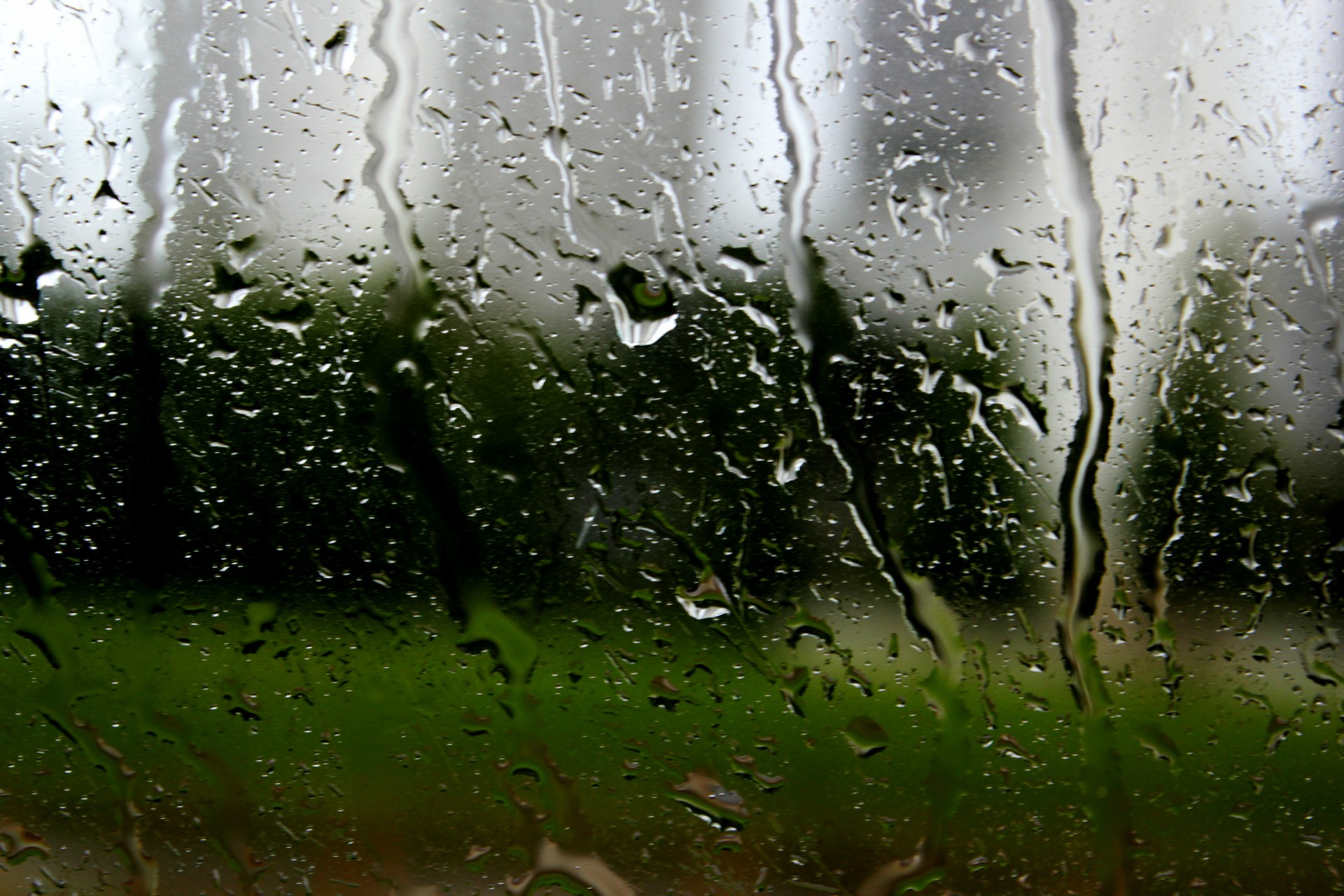When it comes to automotive finishing, the technique of wet sanding is an intricate art that is often overlooked. Wet sanding, a process that involves using water as a lubricant while sanding a vehicle’s surface, offers enthusiasts and professionals alike the opportunity to achieve a flawlessly smooth finish. This method serves multiple purposes: it can eliminate imperfections, enhance gloss, and refine the overall aesthetic of the automotive surface. In this detailed exploration, we will delve into the fundamentals of wet sanding, elucidating its methodology, materials, and the nuanced benefits it confers.
The allure of wet sanding lies in its ability to produce a mirror-like finish that is often desired in high-end car restorations and refinishing projects. This technique fosters a deeper appreciation for the craftsmanship involved in automotive care. Understanding the fundamental principles of wet sanding necessitates familiarity with proper preparation, execution, and post-sanding processes.
1. Understanding Wet Sanding
Wet sanding, at its core, is the practice of sanding a surface while it is wet. This technique reduces dust and minimizes the risk of scratching the paint surface, ensuring that the final finish is pristine. The application of water creates a slurry of sanding debris that aids in the even distribution of abrasive materials. Moreover, the moisture helps to keep the sandpaper cool, reducing the potential for clogging and extending its lifespan.
2. Tools and Materials Needed
Engaging in wet sanding requires a selection of specific tools and materials to achieve optimal results. Key components include:
- Sandpaper: Utilize fine-grit sandpaper, typically ranging from 1000 to 3000 grit, depending on the level of paint correction required. Coarser grits may be employed for initial sanding, while finer grits facilitate polishing.
- Sanding Block: A flexible sanding block or foam pad helps to evenly distribute pressure and ensure a flat sanding surface.
- Water: Clean water is imperative—distilled is preferable, as it contains fewer minerals that could cause issues during the sanding process.
- Detailing Clay: Although not directly related to wet sanding, using detailing clay prior to the process can remove surface contaminants and enhance the efficiency of the sanding.
- Towels: Microfiber towels are ideal for drying the surface after wet sanding, as they are soft and absorbent.
3. Preparation
Before embarking on the wet sanding journey, meticulous preparation is essential. First, thoroughly wash the vehicle to remove any dirt or grime that could interfere with the sanding process. Inspect the surface for defects or imperfections that necessitate correction. It’s advisable to tape off areas not to be sanded, such as trim or rubber seals, to avoid any unintentional damage.
4. The Wet Sanding Process
Once the vehicle is prepared, the actual wet sanding can commence. Follow these steps for an effective process:
- Soak the Sandpaper: Immerse the selected sandpaper in water for several minutes before use. This maximizes the paper’s absorption capacity and enhances the efficacy of the sanding.
- Prepare the Surface: Lightly mist the area to be sanded with water to create a lubricant layer.
- Begin Sanding: Firmly hold the sanding block and gently glide the wet sandpaper over the area using a back-and-forth motion. It is crucial to maintain consistent pressure without applying excessive force. This practice will ensure even and effective sanding.
- Periodic Checks: Frequently rinse and inspect the sandpaper to ensure it is free of debris that could mar the surface. Additionally, check the vehicle surface to monitor progress and assess whether any imperfections remain.
- Finish with Finer Grits: Once the initial imperfections are removed, switch to finer grit sandpaper and repeat the sanding process. Progress should feel smoother and refine the surface further.
5. Final Steps: Polishing and Sealing
After achieving the desired smoothness through wet sanding, the next critical step is polishing. Polishing compounds enhance the gloss and clarity of the paint. Utilize a dual-action polisher for the best results, applying the compound in an even manner across the surface. Following polishing, applying a sealant or wax will protect the surface from environmental elements and prolong the finish’s lifespan.
6. Safety Considerations
While wet sanding may seem straightforward, certain safety precautions are necessary. Always wear gloves to protect the skin from potential irritants present in the paint and clear coat. Furthermore, goggles are advisable to shield the eyes from any splashes of water and debris. If working with power tools for polishing, hearing protection may also be warranted.
7. Common Pitfalls to Avoid
Even seasoned enthusiasts can encounter challenges during the wet sanding process. Some prevalent mistakes include:
- Sanding too aggressively, which can lead to unnecessary paint removal and uneven surfaces.
- Neglecting cleanliness during the process, which can introduce new scratches or imperfections.
- Failing to adequately prep the surface, which could yield subpar results.
In conclusion, wet sanding is an essential technique for those looking to restore or enhance an automotive finish. With proper tools, a careful approach, and a commitment to detail, anyone can master the fundamentals of wet sanding to achieve a beautiful, high-gloss surface on any vehicle. This art form not only celebrates the beauty of cars but also underscores a dedication to precision and excellence in automotive care.
